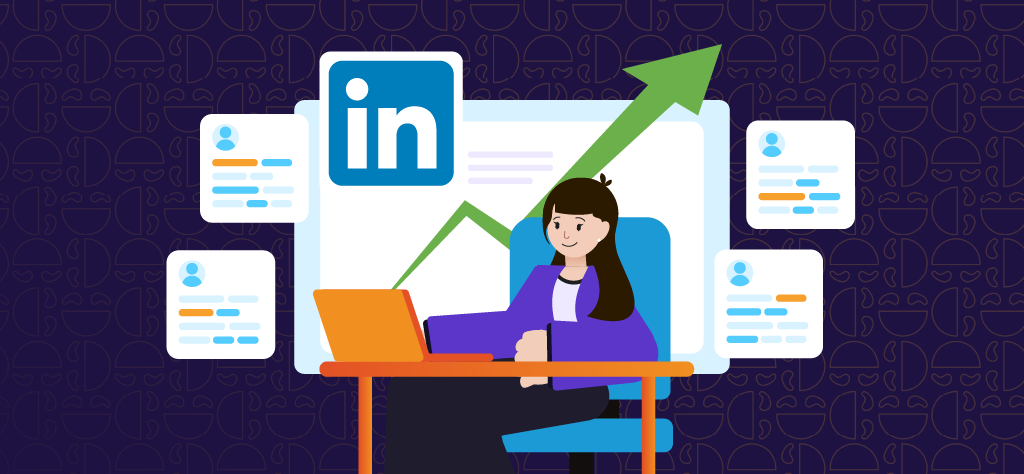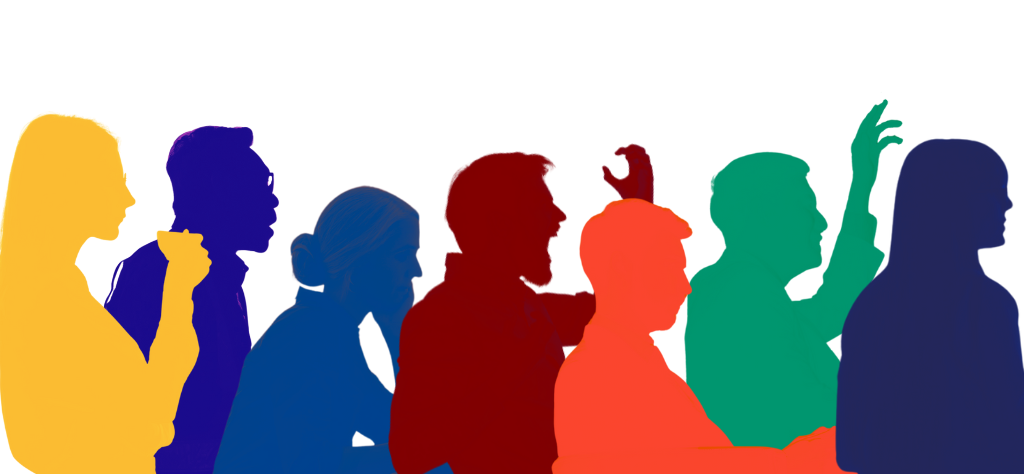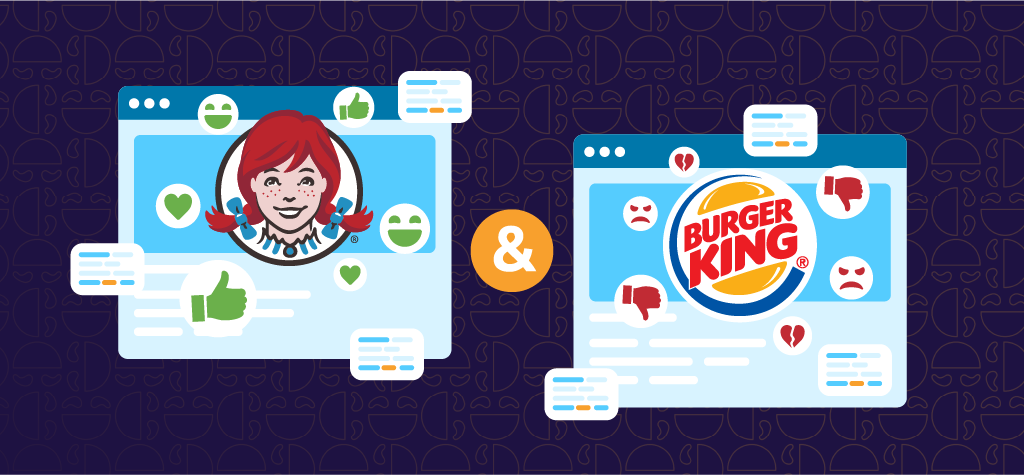Over the past 14 years, LinkedIn has transformed from a digital resume hub to a full-fledged B2B content and networking powerhouse. As someone who’s been active on the platform since 2011, I’ve witnessed several distinct “eras” of behavior, tone, and content—each shaping how we, as marketers, communicate professionally online.
This blog explores the phases I’ve seen unfold on LinkedIn—what defined them, how user behavior changed, and what it all means for B2B marketers looking to stay relevant today.
2011: The CV Era — “Check Out My Resume”
In 2011, I found myself in Silicon Valley, where someone told me: “LinkedIn is bigger than Facebook here.”
Back then, it sounded outrageous. Facebook was king. But LinkedIn had already carved out a niche—one focused on professional identity, not social updates.
At the time, LinkedIn was mostly used to present your resume online and quietly scroll through job listings.

2012: The Group Chat Era — “Let’s Take It to the Groups”
I was managing LinkedIn, Twitter, and blogging for Visma Software, and LinkedIn Groups were the place for professional conversations. Whether it was industry news or peer-to-peer advice, groups were where value was exchanged.
While Groups have declined in importance today, the idea of community-driven engagement was critical to LinkedIn’s early appeal.

2014: Content Activation Begins — “But Hardly Anyone Posted”
In 2014, LinkedIn surpassed 1 million users in Norway. It was also the year LinkedIn enabled content sharing for everyone. But few embraced it. Posting felt unfamiliar, and the fear of being “too visible” held people back.
This was a missed opportunity for many—but a hint of what was coming for those paying attention.
2016–2018: The Vanity Years — “Look at My Connections!”
LinkedIn during this time became a platform obsessed with metrics. Weekly leaderboards ranked users by connection counts. Some even displayed connection numbers in their profile headlines.
Courses even suggested that users should send the same introduction message to hundreds of people—many of whom had never even visited your profile.

2017–2018: The #Fremsnakk Movement — “Let’s Uplift Each Other”
This was when the tone started to shift. Claes Reitan initiated a movement called #Fremsnakk, where users were encouraged to highlight three people in their network who inspired them—who in turn did the same.
LinkedIn went from self-promotion to genuine promotion of others. It created stronger communities and encouraged more personal engagement.
2020–2021: Content Marketing 2.0 — “Thought Leaders Emerge”
At this point, content marketing on LinkedIn hit a new level. Professionals—especially in B2B—began using the platform to build long-term visibility.
Big personal brands emerged, with regular posts offering value, storytelling, and insights. Content wasn’t just for clicks—it became part of strategic positioning.
2021–2022: Carousel Craze — “PDFs Take the Stage”
LinkedIn introduced a game-changer: the ability to upload PDFs as multi-slide carousel posts. It allowed for digestible, swipeable content—ideal for storytelling or educational breakdowns.
Not everyone nailed the format, but those who did quickly stood out.
2023–2025: Creativity, Humor, and Boldness — “Let’s Experiment”
The platform has loosened up—literally and stylistically. Younger voices joined, humor became common, and experimentation became the norm.
There’s more content about LinkedIn now than ever: how to post, how to break through the algorithm, and how to develop your voice. There’s a noticeable increase in hype around creators who “get it right.”
What’s Next?
Based on these phases, here’s what I believe is coming:
- More niche content.
- Broad content will fade. Specific industry expertise will break through the noise.
- Brand Ambassadors on the rise. More companies will realize the value of employee advocacy and begin training and supporting internal creators.
- Authenticity as the differentiator. As AI and automation fill feeds with generic content, real voices—flawed, funny, honest—will become more powerful than ever.
What Do You Think?
Have you seen these shifts, too?
Are your experiences different—or the same?
I’d love to hear:
- What stage of LinkedIn’s evolution stood out to you most?
- What trends do you think will shape the platform in the next few years?
- Is there a phase or insight you think I missed?




